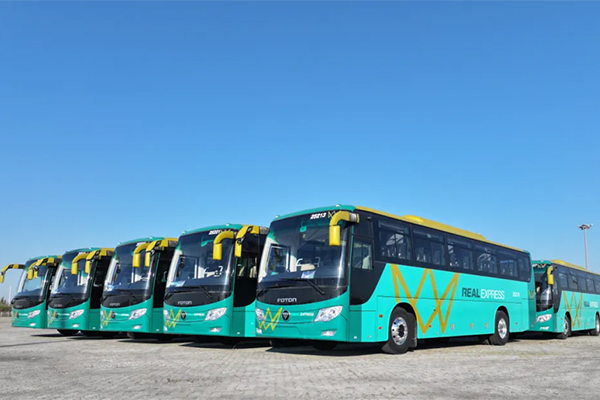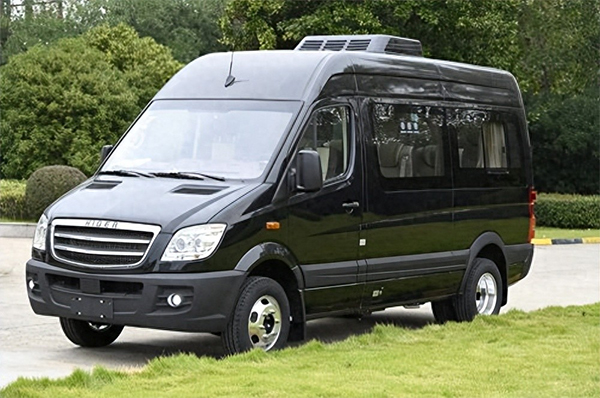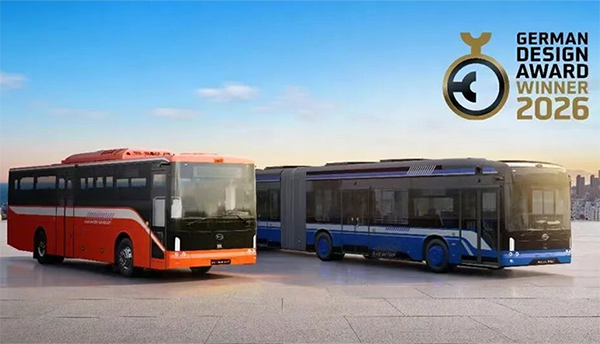Although Bankrupt at Home, GM Is Set to Gain Strength in China
10 June 2009
Is General Motors doing well these days? Well, the answer really depends on which market you are talking about.
Ending up in a bankruptcy court in New York this week, General Motors has cut a sorry figure in its home market.
But in China, the company is better positioned than ever before thanks to sustained efforts in upgrading its product line, tapping the lower-end of the market and cultivating local r&d capacity.
Mainly because of a lack of new models, GM lost market share in China's passenger vehicle market last year and the year before; from 8.7 percent in 2006 to 7.5 percent in 2008.
But the decline has been halted. In the first four months of this year, GM pushed its market share in China back to 8.3 percent.
The Buick Excelle, a compact model refreshed in early 2008, was the chief motor of GM's strong sales growth in China.
Other new or redesigned models have also played their part—sales of the redesigned Buick Regal mid-sized car have increased four fold since it debuted in China in December 2008. The all new Chevrolet Cruze compact car, meanwhile, has made a strong start with 3,739 sold in April, its first month on the market.
GM is planning a slew of new models for China to boost its market share here. In February, GM China's president Kevin Wale told Automotive News China the Buick and Chevrolet brands will each have five new or redesigned models launched in China over the next two to three years.
As well as rebuilding its market share in China through new model launches, GM is also pursuing an aggressive strategy to move downscale with inexpensive Chevrolet models.
Leveraging its strong brand recognition, GM has made quick inroads into the lower-end of the market, which has long been the exclusive territory of domestic Chinese OEMs.
The Spark micro car and the Lova subcompact car are now among the top selling cars in their respective segments, contributing more than a quarter of GM's total sales in China.
The key to making money out of low-priced models is keeping costs low. On that front, GM is also doing well—virtually all the engines and transmissions of Chevrolet cars are built by its plants in China and many other parts are also sourced from within China.
Through its two joint ventures, GM has built a huge production capacity in China since the late 1990s.
Shanghai General Motors Co. is capable of making 760,000 vehicles, 870,000 engines and 380,000 automatic transmissions a year. Meanwhile, SAIC-GM-Wuling Automobile Co. where the Spark is built has annual capacity of 900,000 micro cars.
Just as important as its large production capacity is the strong r&d capacity GM has built in China.
To date, all the cars GM sells in China are developed outside the country. But that will soon change.
Employing 1,500 people, its Pan Asia Technical Automotive Center (PATAC) in Shanghai is the largest r&d center an international automaker has ever built in China.
While reengineering products for China that GM has developed elsewhere, PATAC has also started developing new cars, tailor-made for the Chinese market, to help GM capture more market share.
To be sure, what GM has done in China is far from ensured the future success of its operations here.
GM is now facing fierce competition in China from other international brands, especially German and Japanese.
It also has one tremendous challenge to tackle. That is; how to minimize the impact of its bankruptcy in the United States on its China operations.
Nonetheless, GM's 2009 sales rebound together with its long-term strategy for China, prove it is still one of the country's top-tier automakers.
Source : internet
Views:3823








